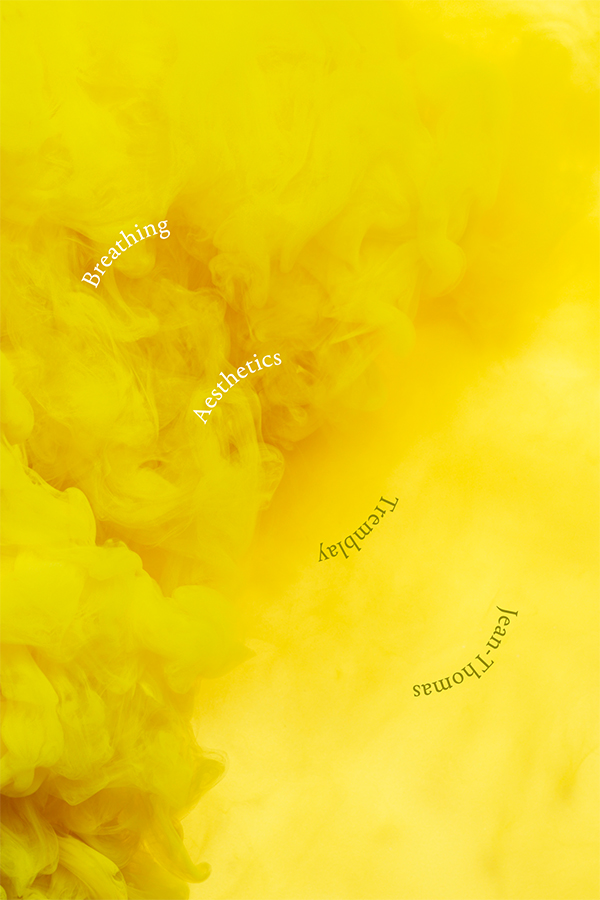Jean-Thomas Tremblay’s Breathing Aesthetics draws our attention to how respiration as a cultural analytic maps the uneven distribution of risk in our contemporary moment. Intervening at the intersection of queer theory and the environmental humanities, Tremblay deciphers an archive of cultural texts that range from CAConrad’s ritualized poetry to Ana Mendieta’s elemental performance art and Toni Cade Bambara’s novel The Salt Eaters. In so doing, they reveal an understanding of how breath registers precarity across race, gender, and disability, while also serving as a mechanism for healing and care. This discerning analysis, combined with a focus on the exchange between body and milieu, makes a case for respiration as a distinctly ecological and embodied relation. Ultimately, Breathing Aesthetics provides crucial insight into how aesthetic expressions of respiratory variations evidence a tension between morbidity and vitality within bodies whose ability to breathe is most endangered.
Articles by Tori McCandless
Tori McCandless is a teacher, writer, and PhD Candidate in the Department of English at the University of California, Davis. They are currently at work on a dissertation that explores the representation of environmental catastrophe and voice as it intersects with marginalized subjectivities in interwar poetry. Their writing can be found in ASAP/Journal, Edge Effects, and Annulet: A Journal of Poetics, among others.
